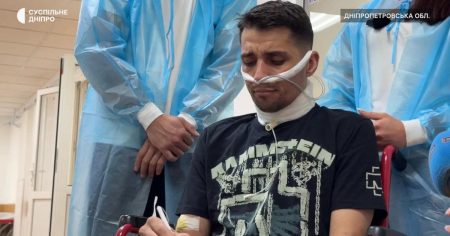Isabel Eriksson’s life took a horrifying turn in September 2015 when a date with a doctor she knew, Martin Trenneborg, transformed into a nightmare of captivity. Trenneborg, later dubbed the “Swedish Fritzl,” drugged Isabel with Rohypnol-laced strawberries and transported her 350 miles away to a fortified, windowless bunker he had constructed near his home. Awakening disoriented and in pain, Isabel found herself in a bare, desolate room with only a bed, a fridge, and her pet poodle, Nellie, for company. The constant humming of the refrigerator became a chilling reminder of her isolation and vulnerability. Trenneborg, exerting complete control over her environment, subjected Isabel to psychological torture, presenting her with books about murdered women and showing her a room he claimed would be a torture chamber. The fear of an unknown fate hung heavy over Isabel as Trenneborg collected medical samples, hinting at his twisted intentions.
The bunker, described by Isabel as resembling “the gates to hell,” became her prison. Trenneborg’s meticulous planning was evident in the bunker’s construction: multiple locks, soundproofing, and a ventilation system designed for multiple occupants. He had envisioned it as the stage for his disturbing “master plan,” a fantasy that involved keeping Isabel as his captive girlfriend and potentially bringing other women there. While Trenneborg was away at his medical practice, Isabel fought to maintain her sanity, exercising, caring for Nellie, and desperately plotting her escape. A brief, supervised trip to Trenneborg’s house for a shower provided a glimmer of hope, but the reality of her imprisonment quickly returned.
Meanwhile, Isabel’s absence sparked concern among her friends and family. Her mother alerted the police, who launched a missing person investigation, taping off Isabel’s apartment. As days turned into nights within the bunker, a strange normalcy developed. Trenneborg would discuss his day with Isabel, creating the illusion of a relationship, while she played along, biding her time and waiting for an opportunity. On the fifth day, Trenneborg introduced a shocking twist, handing Isabel a loaded gun and suggesting she shoot him and escape. Overwhelmed by the implications of such an act, Isabel refused, unsure if it was a genuine offer or a manipulative trap.
The next day, a seemingly unfazed Trenneborg declared that Isabel was in love with him. Seizing this unexpected opening, Isabel pretended to agree and requested clothes from her apartment. Astonishingly, Trenneborg complied, driving her back to Stockholm. Upon arrival, they discovered the police tape surrounding her apartment. Trenneborg’s audacity led him to accompany Isabel to the police station, concocting a story about her visiting a friend. However, fate intervened when a perceptive police officer took Isabel aside, allowing her to finally reveal her ordeal. Trenneborg was promptly arrested, and Isabel’s nightmare finally ended.
The police investigation uncovered the chilling extent of Trenneborg’s preparations, revealing the drugs, restraints, and supplies he had brought on their initial date. His confession revealed a disturbed individual driven by romantic failures and a desire to possess Isabel. For Isabel, the trauma of her captivity left deep scars. She suffered from PTSD, experiencing nightmares, flashbacks triggered by everyday sounds like a refrigerator, and a crippling fear of closed doors. The ordeal also affected her beloved dog Nellie, who became aggressive and anxious after their time in the bunker, tragically passing away shortly after their return.
Isabel’s journey to recovery has been long and arduous. Haunted by the trauma, she adopted a new identity and sought refuge in an undisclosed location. While time, therapy, and medication have aided her healing, the unexpected news of Trenneborg’s release in 2023 reopened old wounds and instilled a fresh wave of fear. Despite the lingering anxieties, Isabel is determined to reclaim her life. She is embarking on a new career as a dating coach, finding solace in nature and the company of friends. She has even overcome her fear of refrigerators, a symbolic victory over the trauma that once consumed her.
The creation of the documentary, “The Bunker,” has provided Isabel with a platform to share her story and process her experiences. This act of courage, coupled with her resilience, has allowed her to begin rebuilding her life. While the scars of her captivity remain, Isabel’s story serves as a testament to the strength of the human spirit and the enduring power of hope in the face of unimaginable adversity. Her journey highlights the devastating impact of violence against women, a societal issue that demands attention and action. The “This Is Not Right” campaign, launched by Metro, aims to shed light on this epidemic and empower individuals to speak out and seek support.











